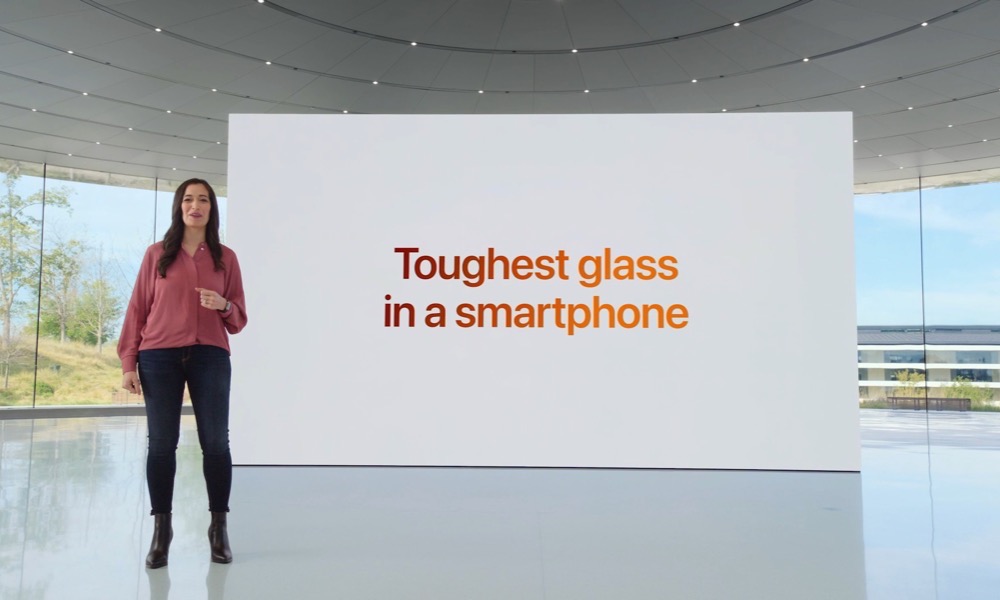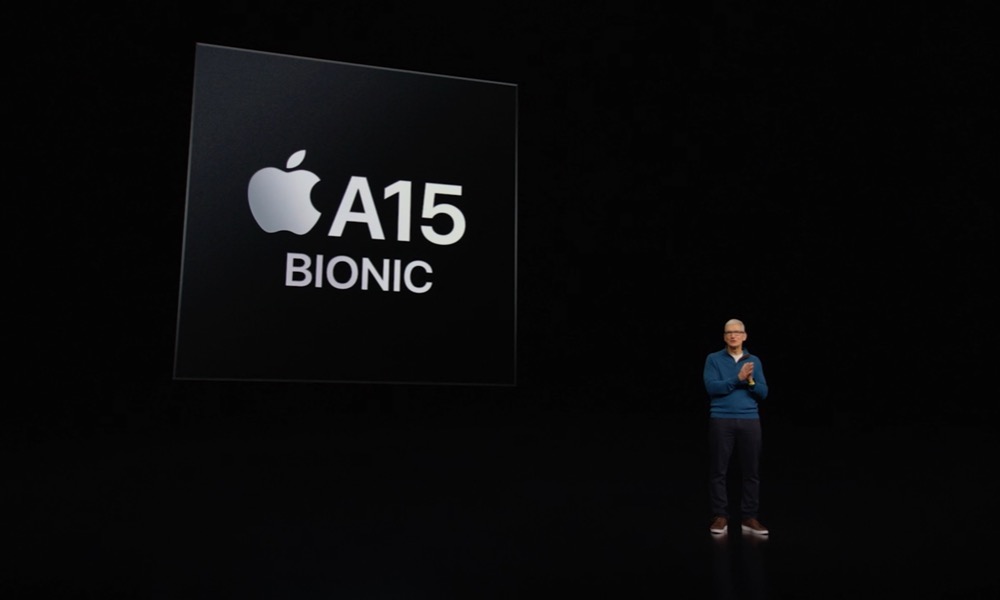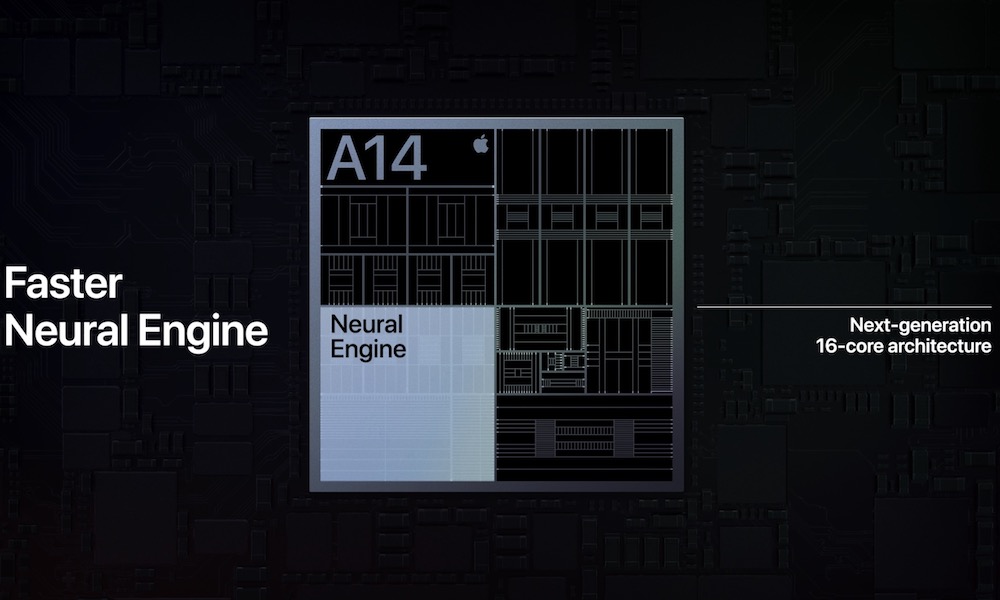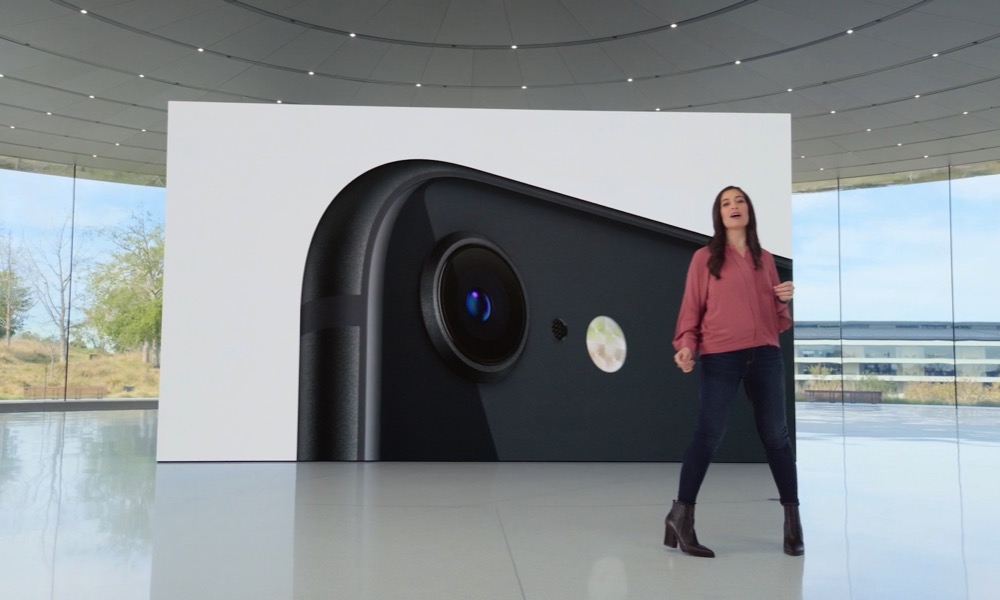2022 iPhone SE vs. 2019 iPhone 11 | Which Budget iPhone Should You Buy?
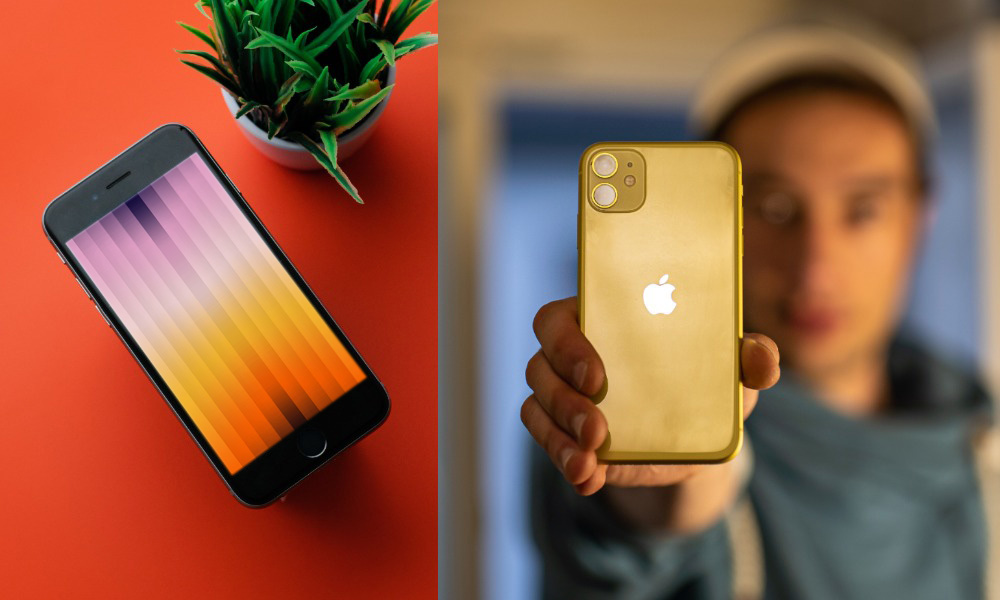 Credit: @shiwa_id / @mbaumi / Unsplash
Credit: @shiwa_id / @mbaumi / Unsplash
Toggle Dark Mode
Last week, Apple released an upgraded version of its iPhone SE, and despite the absence of any physical design changes, the addition of 5G support and an A15 processor makes the new budget iPhone a much more compelling purchase than it was seven or eight days ago.
It wasn’t all good news, though, as Apple also snuck the price up by $30. That shouldn’t be a deal-breaker, though, as it’s actually cheaper than the original iPhone — and even more so when adjusted for inflation.
In other words, the iPhone SE is still a great deal, and for $429 you’re getting the same chip that powers Apple’s entire iPhone 13 lineup, plus more than enough 5G support for most people’s needs.
Even so, however, the price increase had muddied the waters a bit, since it now brings the iPhone SE even closer to the iPhone 11, which Apple is still selling for $499.
Two weeks ago, it was a pretty easy call to suggest that the 2019 iPhone 11 was actually a much better deal than the 2020 iPhone SE, even at $100 more. After all, the iPhone SE had the same A13 chip as the iPhone 11, so unless you were on a really tight budget, or you’re a huge fan of the Home button design, there was little reason not to spend the extra money for the larger 6.1-inch edge-to-edge display, dual-camera system, Face ID, and better battery life.
In short, the iPhone 11 was in every way better than the 2020 iPhone SE, in the same way that the iPhone 13 is superior to the just-released 2022 iPhone SE.
When Apple released the second-generation iPhone SE two years ago, it sold for $399 at a time when the most affordable iPhone 11 was $699. What you were getting with the iPhone SE was probably worth the $300 in savings.
Today, though, we’re talking about a $70 difference, and there are still things that the two-and-half-year-old iPhone 11 offers that the latest iPhone SE can’t match.
What’s New in the iPhone SE?
This year’s iPhone SE offers two key upgrades over its 2020 predecessor:
- The A15 Bionic chip: This is the same chip used in the iPhone 13 and iPhone 13 mini. It includes a 6-core CPU, plus a 4-core GPU, and 4GB RAM. That’s identical in every way to the standard iPhone 13 models, although it’s slightly less powerful than the version found in the iPhone 13 Pro, iPhone 13 Pro Max, and iPad mini 6, which offer a 5-core GPU and 6GB of RAM.
- 5G Support: The iPhone SE offers sub-6GHz 5G support, but not mmWave, making it the first iPhone model to lack the higher and faster frequencies used by services like Verizon’s original Ultra Wideband network.
Those are basically the only really meaningful upgrades. In just about every other way, it’s a four-and-a-half-year-old design, with the same physical camera system and display found on the 2017 iPhone 8.
The Retina HD display has the same specifications as the 2017 version, with the only difference from the iPhone 8 being the lack of 3D Touch — a feature that Apple phased out entirely in 2019. Granted, the display technology on the iPhone 11 isn’t significantly better — it’s still LCD and not OLED — it’s merely larger at 6.1 inches, but still has the same 326 PPI pixel density as the iPhone SE.
Durability
Apple does claim that the new iPhone SE uses more durable glass, but it’s unclear how much of an improvement this is over the 2020 model.
It’s even more unusual, as Apple described it as the “toughest glass in a smartphone,” but only compared it to the glass found on the rear of the iPhone 13. It’s clearly not the same “Ceramic Shield” glass that was added to the iPhone 12, as Apple didn’t mention that phrase even once.
In fact, unlike the iPhone 13 specs, which clearly mention “Ceramic Shield” front, the word “glass” isn’t even mentioned in the specs for the new iPhone SE (save for a reference to “arsenic-free display glass” under the environmental impact section).
In other words, we wouldn’t put much stake in the new iPhone SE being much more durable than the iPhone 11.
Performance
Although the new iPhone SE packs in the latest A15 chip, it’s actually hard to quantify how much of a performance difference that’s going to make over the A13 chip in the iPhone 11 (and previous iPhone SE).
In an interesting slight-of-hand, Apple only compared the new iPhone SE’s performance to the 2017 iPhone 8, noting that it was 1.8 times faster than that earlier model.
The iPhone 8 used an A11 Bionic chip, which is two generations older than the A13, and only had a 3-core GPU, so we would certainly hope that there would be some pretty impressive performance gains. What’s harder to quantify, since Apple avoided giving us this information, is how much faster the 2022 iPhone SE is than the model it just replaced. By extension, this improvement would also apply to the iPhone 11 that’s still being sold by Apple, since it uses the same A13 chip.
To be fair, however, there is one area in which the A15 clearly pulls ahead of the A13, and that’s computational photography and machine learning performance.
Apple brought the Neural Engine to its A-series chips with the A11 Bionic, which was introduced with the iPhone 8 and iPhone X. This was what earned this new generation of chips the name “Bionic.” By contrast, Apple dubbed the prior year’s chip the A10 Fusion, a short-lived moniker that only lasted for that single generation.
The first-generation of Neural Engine on the A11 had only two cores. The following year, Apple increased that to eight cores with the A12 Bionic. This 8-core design continued into the 2019 A13 before being doubled to a 16-core version with the A14 Bionic in 2020. The A15 maintains the same 16-core design, but increases the performance over the A14 by 44%.
Unfortunately, this is where Apple’s comparison to the iPhone 8 really begins to feel disingenuous on its part. Apple claims that the Neural Engine on the 2022 iPhone SE is 26 times faster than the 2017 iPhone 8, but to put that in perspective, it’s like Apple comparing the iPhone 13 to the iPhone X.
The A11 chip in the iPhone 8 featured a two-core Neural Engine. The A15 chip in the new iPhone SE features a sixteen-core Neural Engine. We’d certainly hope that a chip that’s four years newer and has eight times more cores would demonstrate some significant performance gains.
In fact, it’s not hard to figure out where Apple is getting its numbers. The A11 Neural Engine was capable of 600 billion operations per second. The A15 Bionic is capable of 15.8 trillion operations per second. That’s 26 times more.
So, we can do the same comparison to the A13 chip, which was capable of six trillion operations per second — which was already 10 times faster than the A11. Compared to the A15 chip, that’s a 1.6 times increase. Still not bad, of course, but not nearly as impressive.
Computational Photography
The front and rear camera hardware on the 2022 iPhone SE is also identical to what was found in the iPhone 8. The only improvements are software and processor-related; the physical lenses and sensors have remained identical for over four years now.
Specifically, the 2022 iPhone SE has the same 12MP rear camera and 7MP front camera found in the iPhone 8. That’s a stark contrast from the dual-lens rear camera and front TrueDepth Camera system on the iPhone 11. It’s the upgraded A-series chips that have allowed Apple to make the most of the dated iPhone 8 camera hardware.
Even the main camera on the iPhone 11 offers a better sensor, at 1.4 microns compared to the 1.22-micron sensor that’s been used in all of Apple’s classic iPhone designs since the iPhone 6s. That may not sound like much, but consider how much of a difference it made when Apple moved to a 1.7-micron sensor in the iPhone 13.
In practical terms, the A13 was the chip that first brought Deep Fusion and Night Mode to the iPhone 11, thanks to its powerful computational photography features.
Despite this, however, the 2020 iPhone SE didn’t get Night Mode, and neither does the latest iPhone SE. The 2022 version does, however, introduce Deep Fusion to the family for the first time.
To be clear, computational photography can’t solve every problem. You still need good sensors, and good lenses. Apple has worked some nice magic in enabling features like Portrait Mode on a single-lens camera system, but even then, it’s not nearly as versatile as the multi-lens Portrait Mode. For instance, the iPhone still has to recognize a person’s face. With no second lens or LiDAR sensor to measure depth, it basically has to “cheat” by recognizing 2D objects.
Similar machine learning tricks obviously now apply to Deep Fusion as well. However, it’s unclear if other limitations, like the lack of Night Mode, are deliberate decisions on Apple’s part, or simply features that the relatively basic camera on the iPhone SE can’t handle.
When it comes to Night Mode, we’re guessing it’s the latter. Like Deep Fusion, Night Mode may have been a big deal in 2019, but today it’s table stakes for just about any modern mid-range smartphone, so it would be silly for Apple to artificially exclude it from the 2022 iPhone SE.
Battery
Similarly, Apple promises the iPhone SE offers better battery life, but didn’t offer up any numbers to put that in context. Instead, it simply said that the new iPhone has better battery chemistry, and of course, the improved power-efficiency of the A15 chip.
The published specs say up to 15 hours of video playback, or up to 10 hours when streaming. That’s an improvement of two hours over the 2020 iPhone SE in both categories, but still falls slightly short of the 17 hours of non-streaming playback promised by the iPhone 11.
How Much Does 5G Really Matter?
The one area in which the 2022 iPhone SE does pull out ahead of the iPhone 11 is 5G support, but it’s also fair to say that the hype of 5G outpaces the reality of 5G, at least for now.
Depending on where you live, the 4G/LTE service in your area is likely more than sufficient for the things you’ll be doing on your iPhone.
You also don’t need to worry about your 4G/LTE network going away anytime soon. Carriers are only now starting to shut down their 3G networks, 20 years after 3G first launched. We’d be shocked if any 4G/LTE networks get shut down before 2030, by which time we’ll probably start to see 6G being phased in.
Longevity
Perhaps one of the biggest knocks against picking up an iPhone 11 is the fact that it’s already a two-and-a-half-year-old iPhone. By comparison, the iPhone SE has just come out, and will presumably remain current and supported for as long as the iPhone 13, since it features the same A15 chip.
However, since Apple is still selling the iPhone 11, that means that we can expect it to be eligible for service and support until at least 2027 — five years after it was last sold.
Getting the latest iOS updates may be another matter, but considering that iOS 15 still runs on the iPhone 6s, which came out in 2015 running iOS 9, it’s fair to say the iPhone 11 will probably get you to at least iOS 19 — and maybe even iOS 20.
iPhone SE vs. iPhone 11 Conclusion
The 2022 iPhone SE is a solid phone at a great price, but you shouldn’t rule out picking up an iPhone 11 just because it’s an older model. After all, there’s a good reason why Apple is still selling it.
This is especially true if you’re looking for an affordable iPhone that takes great pictures. Despite the newer A15 chip in the latest iPhone SE, it can’t make up for the better physical camera hardware found in the iPhone 11, which allows for ultra-wide optical zoom outs, Night Mode, and 4K video selfies.
In fact, it’s fair to say that the 2022 iPhone SE is only beginning to catch up on photographic features that the iPhone 11 has already offered for years. It pulls out ahead in only one specific area — the new Photographic Styles that debuted on the iPhone 13, which are obviously powered by the A15 chip.
Everything else the iPhone SE adds to its photographic arsenal were marquee features of the iPhone 11, such as Deep Fusion and Slofies, but even then, it’s fair to say you’ll get better results with the iPhone 11’s camera system. Get the iPhone 11Get the iPhone SE



